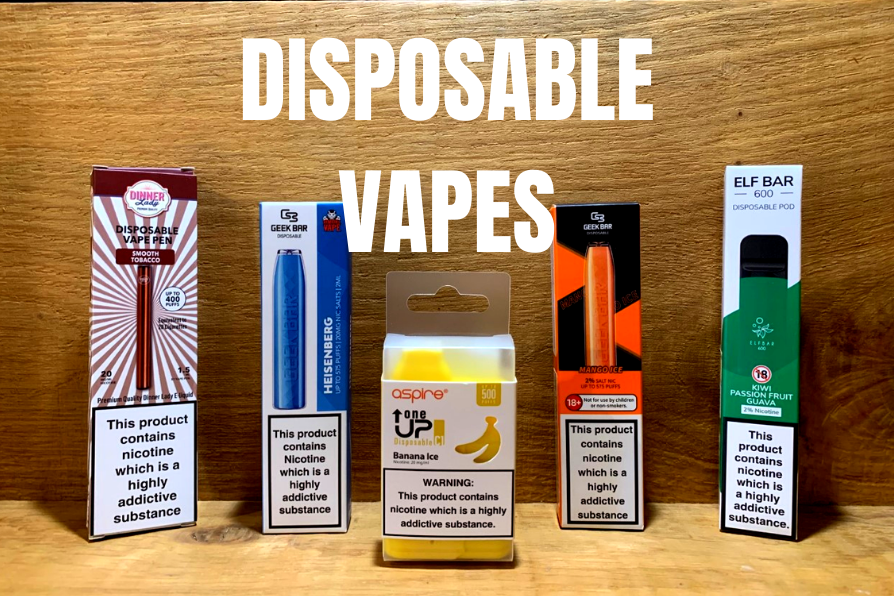In recent years, the practice of Cake Disposables Vaps, or using electronic cigarettes, has gained significant popularity as an alternative to traditional smoking. Vaping involves inhaling and exhaling a vapor produced by an electronic device that heats a liquid mixture containing nicotine, flavorings, and other chemicals. Proponents of vaping often point to its potential benefits, such as its potential to help smokers transition.
Away from combustible tobacco products, reduced exposure to harmful toxins found in traditional cigarettes, and the variety of flavors available for users to choose from. Additionally, vaping has been associated with reduced secondhand smoke exposure, making it potentially less harmful to bystanders.as some studies suggest positive outcomes while others indicate inconclusive results.
However, the rise of vaping has also raised concerns and ignited debates about its potential drawbacks. Critics emphasize the lack of long-term research on the health effects of vaping, highlighting the potential risks associated with inhaling aerosolized chemicals into the lungs. The surge in popularity among youth has also drawn attention, with worries about vaping serving as a gateway to nicotine addiction and traditional smoking.
As the debate surrounding vaping continues, it’s essential to strike a balance between acknowledging its potential benefits as a harm reduction tool for adult smokers and addressing the concerns associated with its use, particularly among young individuals. Scientific research and regulation are crucial to better. The effectiveness of vaping as a smoking cessation tool is a topic of contention,
Understand the short- and long-term health effects of vaping and to ensure that appropriate measures are in place to protect both users and non-users. As the vaping landscape evolves, informed discussions and evidence-based decisions are imperative to navigate the complex interplay of advantages and disadvantages associated with this rapidly evolving phenomenon.
